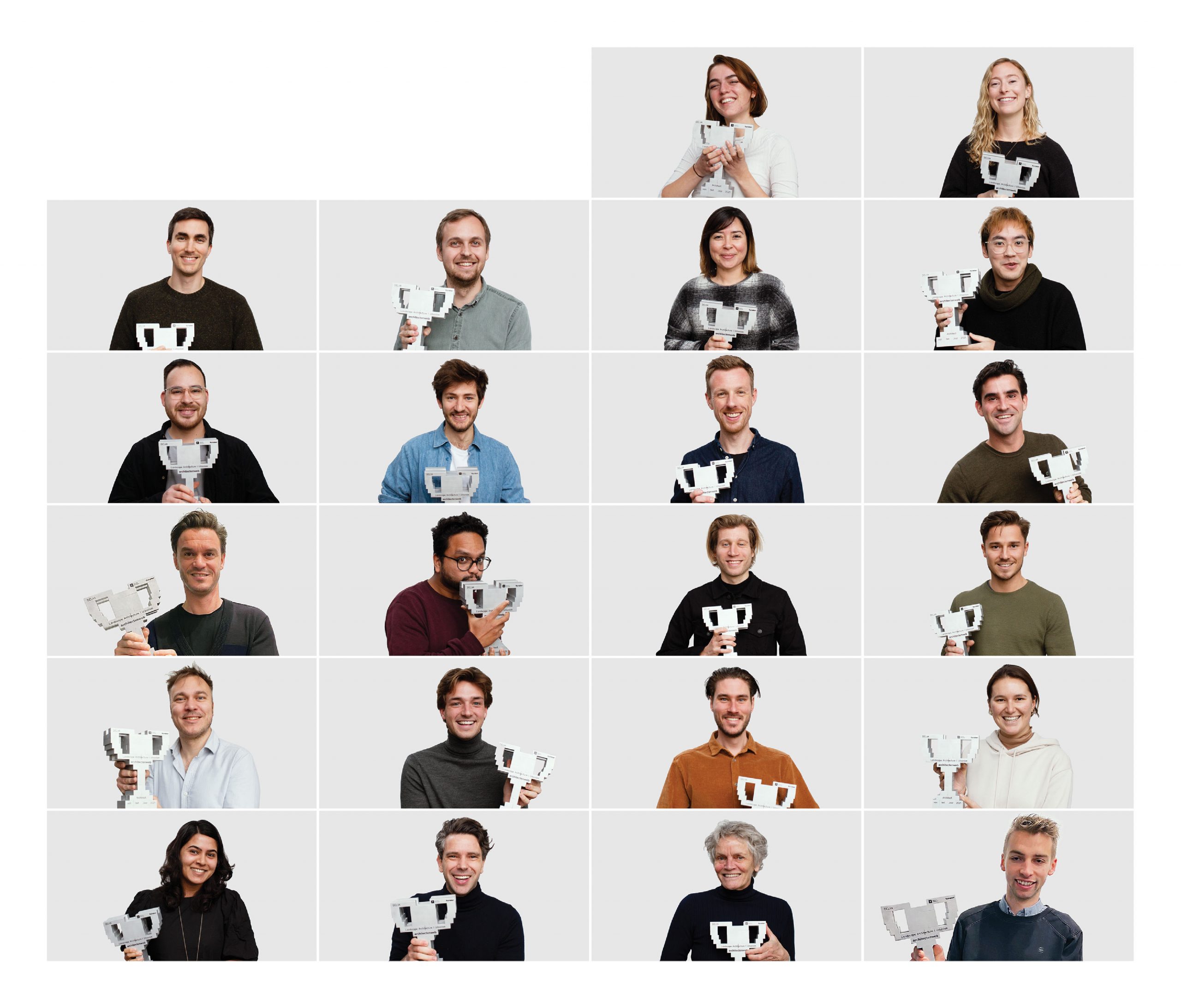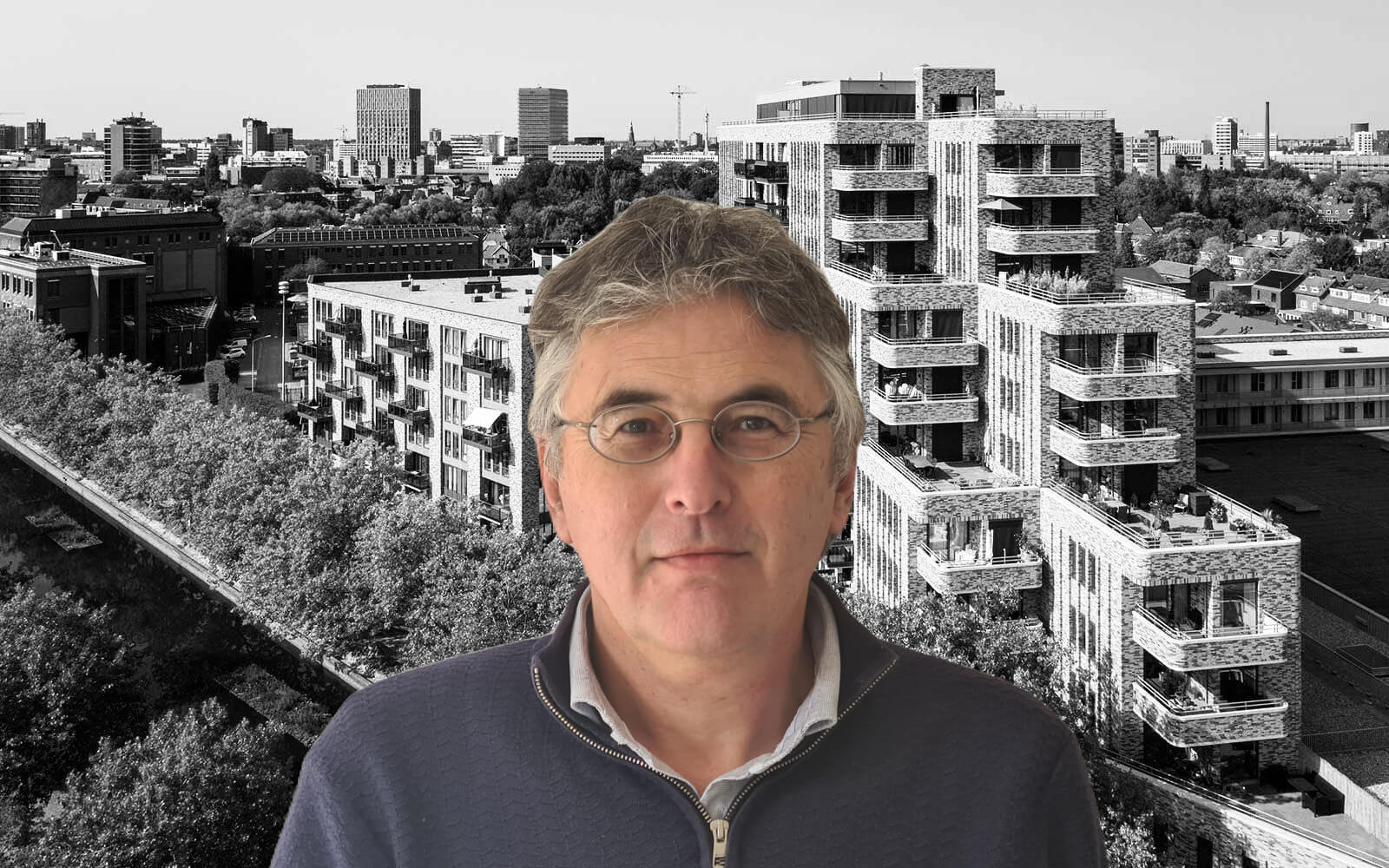
It is raining awards so late in the year, and the party isn’t over yet. We’re swamped by a cavalcade of curiosities. And in my field, it is no different. An excellent opportunity to pore over the award-winning avant-garde in search of as yet untrodden paths. It turns out that this is not that easy. Just as inflation adversely affects the value of currency, so, too, do the bizarre amounts of accolades lead to a diluted superfluity, where mainly image-defining projects seem to thrive. The recognition of innovation in substantive terms is difficult to discern and the legitimacy thereof is also at times questionable, with a remarkable amount of professional praise for projects that have fairly dissatisfied users. I see room for a gold standard 🙂
That said, gold can be found in almost all rivers. As is the case here. Sometimes nuggets simply sparkle in a sieve. What about the landscape architecture agency DELVA? Surprisingly voted (drum roll) ‘Architect of the Year 2021′. Founder Steven Delva did not want to be awarded as a single person, as he wanted to highlight that the entire team of the Belgian-Dutch agency deserves credit. That in itself is very nice. Especially if you are building communities in a professional capacity. It also underlines the importance of greening the urban environment.
But that’s not all by a long shot. The design of greenery and water in urban areas can no longer be seen separately from the design of buildings. It requires a special integral approach which uses greenery as the basis. DELVA does this by co-authoring the business case for projects and, where possible, becoming the owner of the greenery itself and taking responsibility for its installation and management.
Revenue model with time factor as a strong point
This way, green spaces can become part of an economic model in which a high level of spatial quality and management are linked to financial gains. By programming these combinations in a smart way, savings can be made and money can be earned, while the added value for the neighborhood and society as a whole is increased. A revenue model with a time factor as its strong point: “Buildings can only deteriorate after they have been completed, nature will only become more beautiful,” is a provocative statement.
How exactly does green space and water work as an inseparable part of an area’s economic significance? Scientific research shows that access to green outdoor spaces raises the well-being and productivity of employees substantially. Voilà; just how much is a healthy living environment worth to you? The green environment can become part of the marketing of businesses that are located there and also used in presentations. Greenery and water can also be put to good use when it comes to climate proofing. For example, by being used for the retention, buffering and purification of water, and of course, also for recreational purposes. These are all things that a price can be put on.
Promoting the use of greenery and water naturally raises the question of ownership even more. I would like to make a case for organizing it in such a way that the local residents are (co-)owners. Then the perception and exploitation of these areas can be transformed even more optimally. Entrepreneurship is all about looking to the future.
About this column
In a weekly column, alternately written by Willemijn Brouwer, Eveline van Zeeland, Eugène Franken, Helen Kardan, Katleen Gabriels, Carina Weijma, Bernd Maier-Leppla and Colinda de Beer, Innovation Origins tries to figure out what the future will look like. These columnists, sometimes joined by guest bloggers, are all working in their own way to find solutions to the problems of our time. So tomorrow will be good. Here are all the previous articles.








